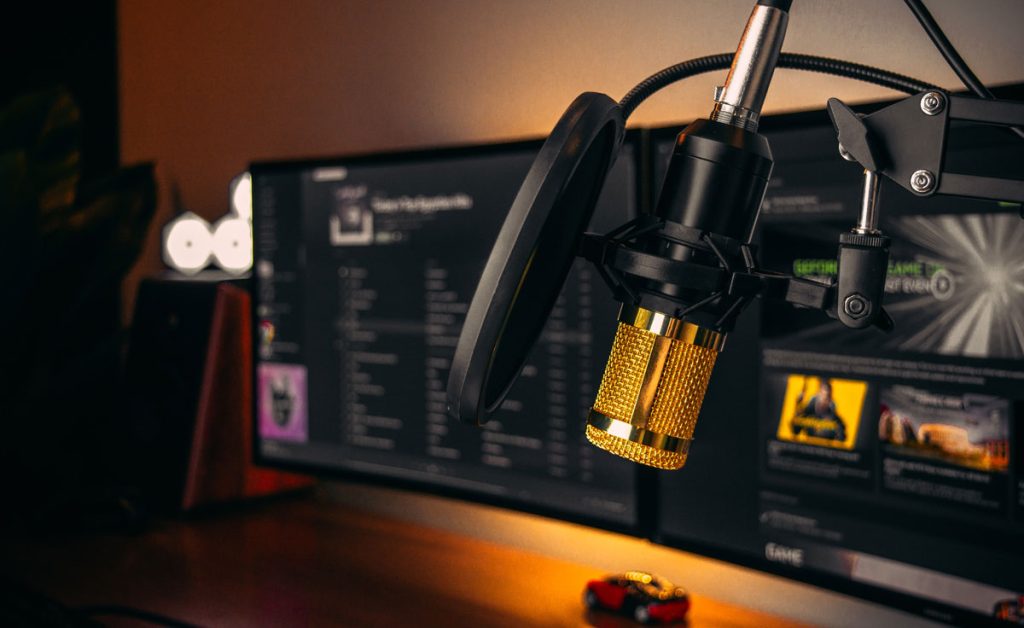In recent years, the number of online radio stations has exploded, and it’s easy to see why. Starting an online radio station is relatively straightforward, requiring just a computer, a strong internet connection, and live broadcasting software. This is in contrast to traditional radio stations, which require a broadcast license, specialized equipment, and a physical location to transmit their signal.
As a result, online radio stations have become a popular way for people to build their own radio platform and reach a worldwide audience. With the rise of the internet and the proliferation of smartphones, it’s now easier than ever to tune in to an online radio station from anywhere in the world.
Despite the many advantages of online radio, it’s not all sunshine and rainbows. Operating an online radio station can be expensive, with costs ranging from software subscriptions to technical repairs. Some stations, like Lisbon’s Rádio Quântica and London’s Balamii, have even turned to crowd funding to stay afloat. This highlights the challenges that online radio stations face, even as they continue to grow in popularity.
Despite these challenges, the online radio landscape is becoming more and more diverse, with new stations popping up all the time. From Dublin Digital Radio (ddr.) to Oroko in Accra, Skylab in Melbourne to Threads in London, online radio stations are now a mainstay within their communities, providing a platform for emerging artists and highlighting alternative scenes and subcultures.

Hard Data Supports the Growth of Online Radio Stations
The data supports the growth of online radio stations. According to a recent study, the number of people tuning in to online radio stations has increased by nearly 50% over the past five years. In addition, a survey conducted by the International Association of Broadcasting (IAB) found that the average weekly listening time for online radio has increased by 20% in the past two years.
These trends are expected to continue, as more and more people turn to online radio for their music and entertainment needs. In fact, the IAB predicts that the number of online radio listeners will reach 1 billion by 2025.
This growth is driven by a number of factors, including the increasing availability of high-speed internet, the growth of the smart speaker market, and the increasing popularity of music streaming services. These trends are helping to fuel the growth of online radio stations, making it easier for people to tune in to their favorite stations and discover new music.
Online radio stations are becoming an increasingly popular way for people to reach a worldwide audience and provide a platform for emerging artists. Despite the challenges that online radio stations face, the data supports their continued growth, with the number of online radio listeners expected to reach 1 billion by 2025. Whether you’re a fan of alternative scenes and subcultures, or just looking for a new way to discover music, online radio stations are a great option to consider.

